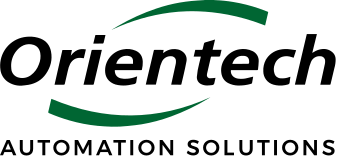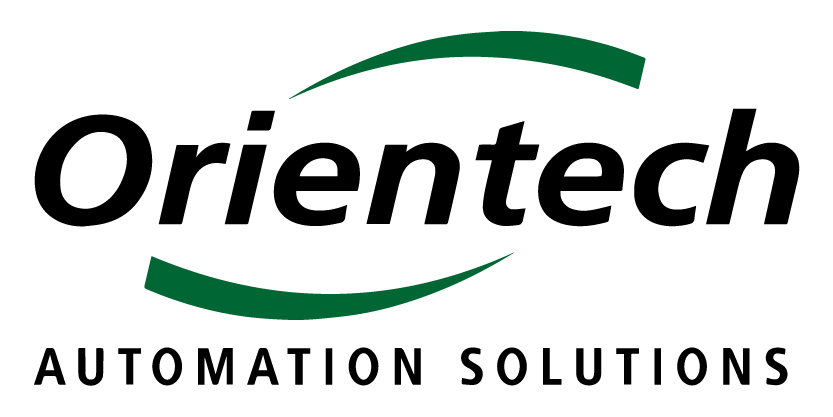
8 STEPS TO FOLLOW FOR PROPER SHUTDOWN OF YOUR MANUFACTURING LINE
We are all going through a difficult period. The COVID-19 pandemic affects our loved ones, work colleagues, and partners. The personal cost of these trying times is immense, as is the disruption to businesses in most industries. Restrictions have forced many of our customers and suppliers to suspend production indefinitely.
As many are likely experiencing production shutdowns, we wanted to offer guidance through a comprehensive checklist that will allow you to shut down your assembly and manufacturing lines optimally. How you shutdown your line can have a major impact on your capacity to restart production promptly. In an upcoming article, we will help you restart your machinery, taking the best steps and precautions.
1. END OF PRODUCTION SEQUENCE
When pausing a manufacturing line, it is crucial to allow the machine to empty itself of all the components. The end of the production sequence clears the manufacturing equipment without loading new products into the cycle. This cycle finishes components in a machine and automatically removes most of the glue, parts, liquid, and powder from the production path.
There are, however, certain elements that will not be automatically emptied until a later stage of the manufacturing processes. It may be necessary to remove these elements manually and thus completely empty the machine of any stray material that can complicate startup.
This first step is crucial. For instance, we had experience with a temporary equipment shutdown where oil was left inside certain containers. This oil froze and hardened during the production disruption. When we wanted to restart the line, the oil had become like a resin, gumming up the machine and requiring cleaning that was more labor-intensive and time-consuming than if it was completed at the time of the shutdown.
2. AIR PURGE
Once the machine is out of service, the next thing we recommend is to purge any air that may be present in the equipment. Machines often use compressed air to activate the different cylinders, and most machines have an air purge valve that allows for bleeding off any accumulated air. Why is it important? Because the air can crystallize and eventually wear out pneumatic components.
3. CLEANING OF THE MACHINE
Beyond clearing the line of product and residue, purging air, and cleaning filters, you should take the time to clean the machinery thoroughly during shutdown. Cleaning now will avoid unpleasant surprises at startup.
For example, in the previous example where a company left oil in their system, which froze, cleaning it was longer and more complex than just emptying it. During cleaning, they had to dismantle pipes and small components, resulting in broken parts because it was so “jammed”. It added an extra layer of unnecessary work and problems. Invest the time today, and you’ll save time in the long run.
4. PREVENTIVE MAINTENANCE
Whether the shutdown affects all of your manufacturing lines or just a portion, we recommend you use the disruption as an opportunity to perform preventive maintenance on your equipment. The manufacturer’s operation and maintenance manual is the best source for guidance on how to care for your equipment and how to identify issues that need repair.
Dealing with repair needs today will help you to be better able to restart quickly. It is also advisable to ensure that you have critical parts and components that need frequent replacement beforehand. Lead times to supply your parts can be unpredictable, so we suggest that you make a list of parts that need changing and share it with your suppliers to anticipate when the product will be available.
5. ENVIRONMENTAL
More generally, we suggest that you keep the equipment in a stable environment, adequate in terms of temperature and ventilation. This will help avoid degrading your production line.
For example, in a medical clean room, if the machine is not in production, it may not be necessary to maintain PPM, particles per million, in the air at a level similar to that during production. However, keeping the temperature and humidity level stable is important so that the machine does not start to rust.
As for air compressors — especially air dryers and filters — we highly recommend that you change these components at shutdown so there will be no contamination or blockage of filters. If you have just recently replaced filters, then you may not need to change to new filters at the time of the shutdown process.
The main goal here is to avoid letting your machinery be dormant with dirty filters in place, as this could adversely affect the general functioning of your machine.
6. PROTECTION
When your equipment is in an industrial environment, certain activities such as cutting materials, welding, generate dust and debris. This poses the risk of generating contaminants and damaging all that is mechanical, such as seals. Accumulated metal shavings, for example, can cause internal damage and pose a risk to operators when the machine is switched back on after the shutdown period.
Normally, when the fans in the factory are running, dust or contaminants are filtered. At Orientech, when a machine is on physical hold at the customer’s request, we always cover it with plastic wrap to protect the machine and fragile components from contaminants. This simple step can save you from these problems at restart.
7. ELECTRICITY
We highly recommend you to start by making a backup of all of your machines, be it the PLC, the HMI, the robots, etc., as long as you have the power on the machine. You can either buy dedicated software to complete a full backup or offer remote access to your technology partner to perform a backup for you. If you don’t have the skilled workforce or equipment to properly backup your manufacturing systems, don’t hesitate to call your partner and determine the equipment manufacturer’s backup recommendations.
Next, we advise you to replace the batteries. There is a very specific procedure to change the batteries of robotics to ensure that programming does not get lost or altered.
When you have backed up everything and replaced the parts and batteries that are needed, you should determine if you should cut off the power source, or maintain power during shutdown. It may be preferable to cut off the power to avoid any power surge.
Electrical components must also be protected during dormancy. If there is dust, contaminants, oil, grease that go under the sensors, you will have issues when it comes time to start the machine again.
8. GET SUPPORT
In case you are not comfortable with restarting, or if you have any questions, please do not hesitate to contact your partner company. You may even be able to ask them to reboot with you, online, video or phone.
This crisis is unprecedented. Many factors are out of your hands, such as the duration of a shutdown period. It is key to focus on what you actually can control. The approach to maintaining your machine, assembly lines, and manufacturing premises, is something you have the ability to actively manage.
Follow these guidelines and make the right decision for your company’s future.



